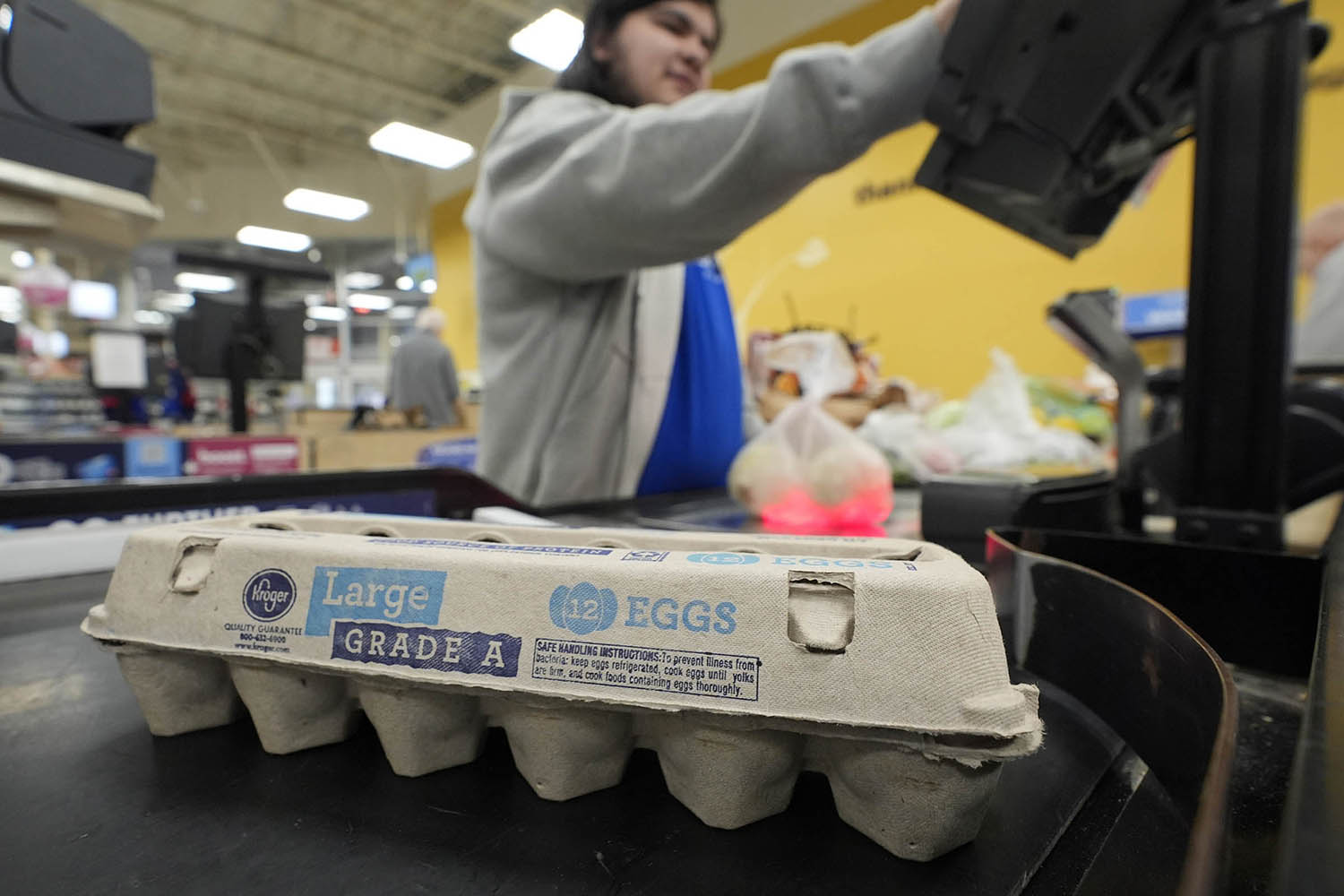By MIKE STOBBE and GEOFF MULVIHILL Associated Press
There were 30,000 fewer U.S. drug overdose deaths in 2024 than the year before — the largest one-year decline ever recorded.
An estimated 80,000 people died from overdoses last year, according to provisional Centers for Disease Control and Prevention data released Wednesday. That’s down 27% from the 110,000 in 2023.
The CDC has been collecting comparable data for 45 years. The previous largest one-year drop was 4% in 2018, according to the agency’s National Center for Health Statistics.
All but two states saw declines last year, with Nevada and South Dakota experiencing small increases. Some of the biggest drops were in Ohio, West Virginia and other states that have been hard-hit in the nation’s decades-long overdose epidemic.
Experts say more research needs to be done to understand what drove the reduction, but they mention several possible factors. Among the most cited:
— Increased availability of the overdose-reversing drug naloxone.
— Expanded addiction treatment.
— Shifts in how people use drugs.
— The growing impact of billions of dollars in opioid lawsuit settlement money.
— The number of at-risk Americans is shrinking, after waves of deaths in older adults and a shift in teens and younger adults away from the drugs that cause most deaths.
Still, annual overdose deaths are higher than they were before the COVID-19 pandemic. In a statement, the CDC noted that overdoses are still the leading cause of death for people 18-44 years old, “underscoring the need for ongoing efforts to maintain this progress.”
Some experts worry that the recent decline could be slowed or stopped by reductions in federal funding and the public health workforce, or a shift away from the strategies that seem to be working.
“Now is not the time to take the foot off the gas pedal,” said Dr. Daniel Ciccarone, a drug policy expert at the University of California, San Francisco.
The provisional numbers are estimates of everyone who died of overdoses in the U.S., including noncitizens. That data is still being processed, and the final numbers can sometimes differ a bit. But it’s clear that there was a huge drop last year.
Experts note that there have been past moments when U.S. overdose deaths seemed to have plateaued or even started to go down, only to rise again. That happened in 2018.
But there are reasons to be optimistic.
Naloxone has become more widely available, in part because of the introduction of over-the-counter versions that don’t require prescriptions.
Meanwhile, drug manufacturers, distributors, pharmacy chains and other businesses have settled lawsuits with state and local governments over the painkillers that were a main driver of overdose deaths in the past. The deals over the last decade or so have promised about $50 billion over time, with most of it required to be used to fight addiction.
Another settlement that would be among the largest, with members of the Sackler family who own OxyContin maker Purdue Pharma agreeing to pay up to $7 billion, could be approved this year.
The money, along with federal taxpayer funding, is going to a variety of programs, including supportive housing and harm reduction efforts, such as providing materials to test drugs for fentanyl, the biggest driver of overdoses now.
But what each state will do with that money is currently at issue. “States can either say, ‘We won, we can walk away’” in the wake of the declines or they can use the lawsuit money on naloxone and other efforts, said Regina LaBelle, a former acting director of the Office of National Drug Control Policy. She now heads an addiction and public policy program at Georgetown University.
President Donald Trump’s administration views opioids as largely a law enforcement issue and as a reason to step up border security. It also has been reorganizing and downsizing federal health agencies.
Health Secretary Robert F. Kennedy Jr. said overdose prevention efforts will continue, but some public health experts say cuts mean the work will not go on at the same level.
U.S. Rep. Madeleine Dean, a Pennsylvania Democrat, asked Kennedy at a Wednesday hearing “why the hell” those changes are being made when the steep drop in deaths showed “we were getting somewhere.” Some advocates made a similar point in a call with reporters last week.
“We believe that taking a public health approach that seeks to support — not punish — people who use drugs is crucial to ending the overdose crisis,” said Dr. Tamara Olt, an Illinois woman whose 16-year-old son died of a heroin overdose in 2012. She is now executive director of Broken No Moore, an advocacy organization focused on substance use disorder.
Olt attributes recent declines to the growing availability of naloxone, work to make treatment available, and wider awareness of the problem.
Kimberly Douglas, an Illinois woman whose 17-year-old son died of an overdose in 2023, credited the growing chorus of grieving mothers.
“Eventually people are going to start listening,” she said. “Unfortunately, it’s taken 10-plus years.”
___
The Associated Press Health and Science Department receives support from the Howard Hughes Medical Institute’s Science and Educational Media Group and the Robert Wood Johnson Foundation. The AP is solely responsible for all content.














